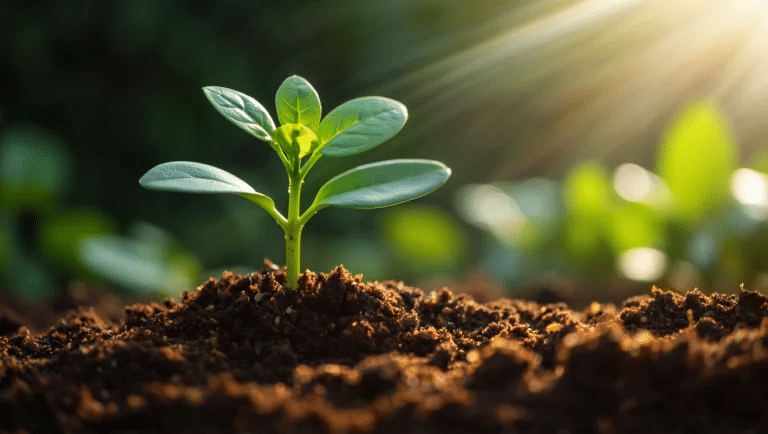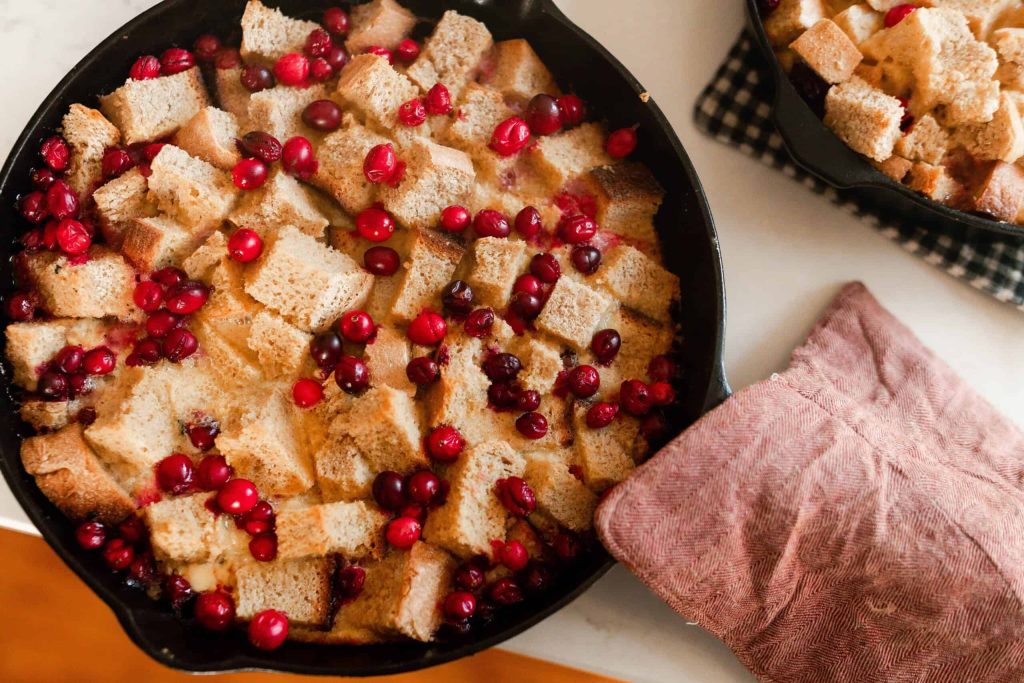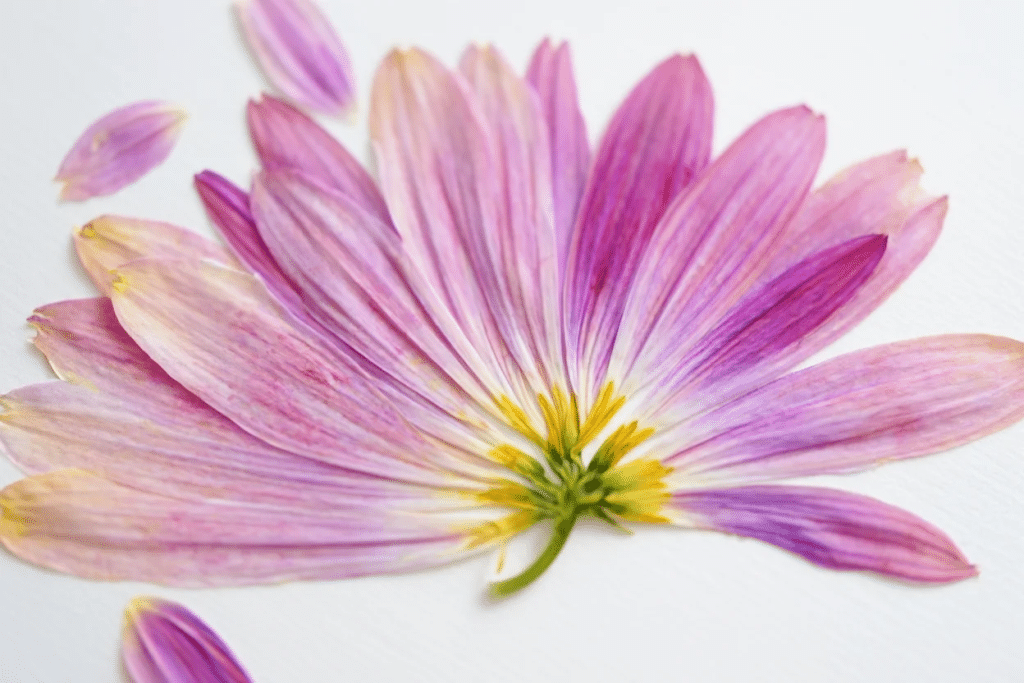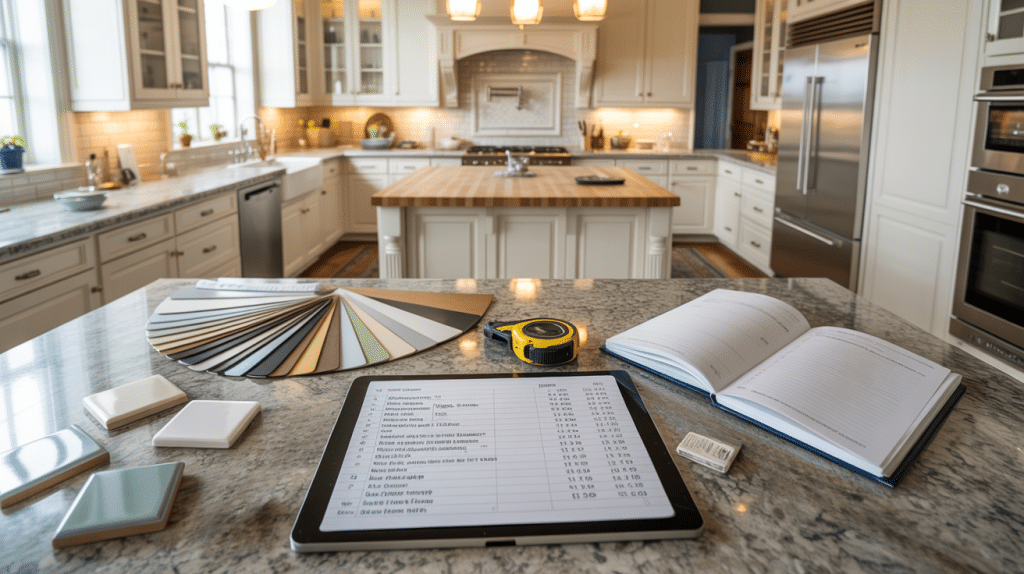Watching your seedlings grow weak and yellow can feel like a punch to the gut. You’ve watered them, given them light, and still they sit small, sad, and stuck. It’s so easy to mess up the timing with food for your baby plants.
But surprisingly, you don’t need any fancy methods or special skills to get this right. I’ve killed more seedlings than I can count, and I’ve learned the hard way and finally figured out when to fertilize seedlings.
That is why I’ve created a simple plan that shows exactly when and how to feed your baby plants.
My method takes the guesswork out of growing healthy seedlings. This guide breaks down the basics with easy steps that anyone can follow, even first-time gardeners.
What Does It Mean to Fertilize Seedlings?
Fertilizing seedlings means giving young plants the nutrients they need to grow strong and healthy.
Seeds start with a small food supply inside them, enough to sprout and form their first tiny leaves.
After that stored food runs out, we need to step in and help. Adding plant food to seedlings is like serving a meal to a growing child.
They need the right mix of nutrients at the right time to build strong roots, stems, and leaves. Too much food can harm their tender roots, while too little leaves them weak and pale.
The goal is to provide just enough nutrients in a form they can use, exactly when they need them.
When to Start Feeding Your Seedlings

To know when to fertilize seedlings, you need to know that timing is key when it comes to feeding young plants.
Most seeds contain all the food they need to sprout and form their first set of true leaves. After that point, they’ll start to need extra nutrients to keep growing well.
- Wait for True Leaves – Begin feeding when the first set of true leaves appears, usually 7-14 days after germination
- Use Quarter Strength Formula – Start with diluted liquid fertilizer at 25% strength to prevent root burn
- Seed Starting Mix vs. Potting Soil – Feed immediately with true leaves in seed starting mix; wait 2-3 weeks if using fertilized potting soil
- Watch for Hunger Signs – Look for pale leaves, yellowing, slow growth, or weak stems as indicators
- Feed Every 1-2 Weeks – Maintain regular feeding schedule until transplanting to permanent location
- Choose Balanced Fertilizer – Use liquid fertilizer with equal NPK ratios (like 10-10-10) for young plants
- Avoid Early Feeding – Don’t feed during first 1-2 weeks as seeds have enough stored energy for initial growth
How to Fertilize Seedlings the Right Way: Step-by-Step
Learn how to fertilize your seedlings properly to ensure healthy growth with this simple, step-by-step process. From choosing the right fertilizer to applying it at the perfect time, these tips will set your plants up for success.
Step 1: Choose and Dilute Fertilizer
Select a balanced liquid fertilizer (10-10-10 or 20-20-20) and dilute to quarter strength. If the label recommends 1 tablespoon per gallon, use only 1/4 tablespoon to protect delicate roots.
Pro tip: Fish emulsion and kelp-based fertilizers are gentler alternatives that work well for organic gardeners.
Step 2: Water Before Feeding
Lightly water seedlings 30 minutes before fertilizing to moisten the soil and prepare roots for nutrient absorption without causing shock.
Personal tip: I use a spray bottle for pre-watering because it gives me better control and doesn’t disturb the tiny roots.
Step 3: Apply at the Right Time
Feed seedlings in the morning (8-10 AM) when they’re actively photosynthesizing and can best absorb nutrients throughout the day.
Important: Avoid evening feeding as unused nutrients can promote fungal growth in cool, moist nighttime conditions.
Step 4: Target the Growing Medium
Pour diluted fertilizer directly onto the soil around the seedling base, avoiding leaves and stems to prevent burning. Focus on the root zone area.
Warning: Fertilizer on leaves can cause brown spots and stunted growth, especially in bright light conditions.
Step 5: Ensure Proper Drainage
Allow excess fertilizer solution to drain completely from container holes within 15-20 minutes to prevent harmful salt buildup in the root zone.
Personal tip: I place my seed trays on wire cooling racks over newspaper for perfect drainage and easy cleanup.
Step 6: Follow Regular Schedule
Feed every 1-2 weeks consistently throughout the seedling period, gradually increasing to half-strength after 3-4 weeks when plants have multiple true leaves.
Note: Tomatoes and peppers typically need more frequent feeding than lettuce and herbs due to their higher nutrient requirements.
Step 7: Monitor and Adjust
Watch for over-fertilizing signs like burnt leaf edges or excessive growth. Stop feeding 3-5 days before transplanting to prevent shock.
Recovery tip: If you see fertilizer burn, flush containers with plain water immediately and skip the next feeding cycle.
Affordable and Organic Fertilizers for Seedlings
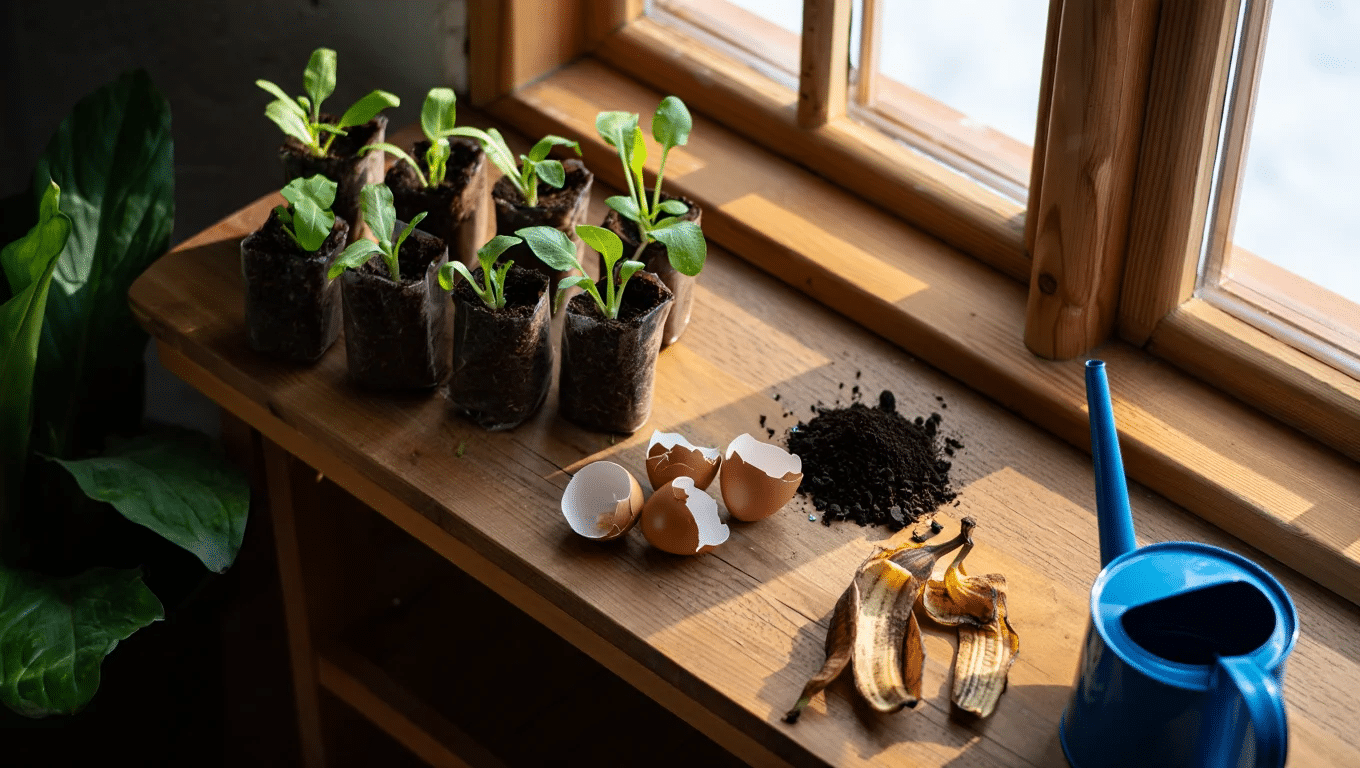
Apart from knowing when to fertilize seedlings, you should also know that you don’t need to spend lots of money on fancy plant foods.
Many simple items from your kitchen can feed your seedlings just as well as store-bought options.
These gentle, natural solutions work great for young plants and cost much less than commercial products. Here are some home-made options that your seedlings will love:
- Compost tea: Soak a handful of compost in a gallon of water overnight, strain, and use the liquid to water seedlings once a week.
- Banana peel water: Soak chopped banana peels in water for 48 hours, remove the peels, and dilute the water 1:5 before using it on plants.
- Eggshell water: Rinse and save eggshells, soak in water for 2-3 days, then water seedlings with the calcium-rich liquid.
- Molasses solution: Mix 1 teaspoon of blackstrap molasses in a gallon of water to feed helpful soil microbes that support seedling growth.
- Used coffee grounds: Sprinkle a thin layer on top of the soil, or mix 1/4 cup in a gallon of water and use weekly.
Expert Tips on When to Fertilize Seedlings
These tips will help you spot the perfect moment to start feeding and get better results from your growing efforts.
- Morning is the best time to feed seedlings when they’re most active.
- Water with plain water first, then add your food mix to prevent root burn.
- Leafy greens need food sooner than slower-growing plants like peppers.
- Plants grown in coconut coir need feeding earlier than those in peat-based mixes.
- Stop feeding 3-5 days before moving plants to a bigger pot to reduce shock.
- A small fan blowing on seedlings as they grow makes stems stronger and improves food uptake.
The Bottom Line
Now you know when to start feeding your baby plants and how to do it safely. This timing matters because it directly affects how well your garden grows this season.
So what’s the main takeaway? Watch for those true leaves, start with gentle feeding, and pay attention to what your plants tell you.
Ready to implement this? Check your seedlings today to see if they’re ready for their first meal. Your tiny plants will thank you with stronger growth and better harvests!


